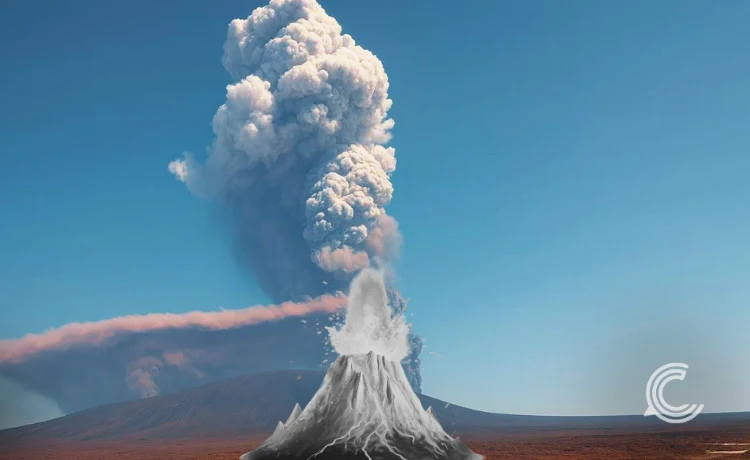Ethiopia Volcano Eruption: How 12,000 Years of Dormancy Affects Global Airspace

Key Points:
- 12,000-Year Dormancy Broken. The Ethiopia volcano eruption of Hayli Gubbi ended a dormancy spanning the entire Holocene epoch
- The resulting ash plume traveled across the Red Sea and Arabian Sea, posing an immediate risk to aviation and air quality in several Asian and Middle Eastern countries
- The eruption is tied to the intense magmatic activity within the East African Rift System, where the Earth’s crust is actively pulling apart
The dramatic awakening of a volcano in Ethiopia’s Afar region has captured the world’s attention, not only for its geological rarity but also for its immediate impact on global air travel and air quality. The Hayli Gubbi volcano, a little-known shield volcano in the Danakil Desert, erupted explosively on Sunday, November 23, 2025, sending ash plumes soaring high into the atmosphere. The event marks the volcano’s first recorded eruption in an estimated 12,000 years, an extraordinary geological reawakening.
The Geological Mechanism of the Eruption
The Hayli Gubbi volcano is situated in the geologically volatile Afar Rift, the northern segment of the East African Rift System. This region is a unique zone where the Arabian, Nubian, and Somalian tectonic plates are actively diverging (moving apart). This process of continental rifting creates immense stress on the Earth’s crust, leading to frequent earthquakes and significant volcanic activity.
The eruption mechanism for the Ethiopia volcano eruption can be traced to this ongoing rifting. As the plates separate, the pressure on the underlying mantle decreases. This decompression causes the mantle rock to melt, generating buoyant magma. The magma then rises through fissures and cracks in the thinned crust. In the case of Hayli Gubbi, the intense seismic activity and magma movement likely created a clear pathway for gas-rich magma to reach the surface, leading to an explosive eruption after its long sleep. Residents near the site reported a sound that “felt like a sudden bomb had been thrown,” according to local reports, confirming the explosive nature of the event, reported by Al Jazeera.
Countries at Risk from the Ash Plume
Volcanic ash is a significant hazard to aviation, as its fine, abrasive particles can damage aircraft engines, reduce visibility, and contaminate air systems. The ash plume from the Ethiopia volcano eruption reached an estimated altitude of up to 14 kilometers, allowing it to be carried thousands of kilometers eastward by the subtropical jet stream.
Initial tracking by the Toulouse Volcanic Ash Advisory Centre (VAAC) indicated that the plume was rapidly drifting across the Red Sea, directly impacting airspace and air quality in the Middle East and South Asia.
Countries across the Red Sea, including Yemen and Oman, were the first affected, with reported declines in air quality and potential for light acidic rainfall.
Widespread Aviation Disruption
The high-altitude ash cloud continued its trajectory, forcing airlines to reroute or cancel flights over the Arabian Sea and South Asia. Affected nations include Pakistan and India, with the latter’s aviation regulator issuing an advisory to strictly avoid all ash-affected flight paths, reported by The Indian Express. Flights to and from destinations like Abu Dhabi and Kuwait were among those disrupted.
Forecasts also suggested the plume would eventually drift toward China, indicating the truly global reach of the ash and sulfur dioxide dispersion.
Economic and Environmental Impact
The local impact of the Ethiopia volcano eruption is centered on the remote Afar region. While no human casualties were reported, the neighboring village of Afdera was covered in ash. This has raised concerns about the economic implications for the community, which relies on livestock herding. The volcanic ash has blanketed grazing land, leaving animals with “little to eat,” an immediate threat to local livelihoods reported by CBS News.
Globally, the scientific significance is immense. An eruption from a volcano that has been dormant for 12 millennia offers scientists a rare window into the deeper dynamics of the Afar Rift’s tectonic system. Researchers are now heavily reliant on satellite data and remote sensing to monitor the Hayli Gubbi’s activity and track the ash cloud, which serves as a stark reminder of the planet’s powerful, underlying geological forces.



